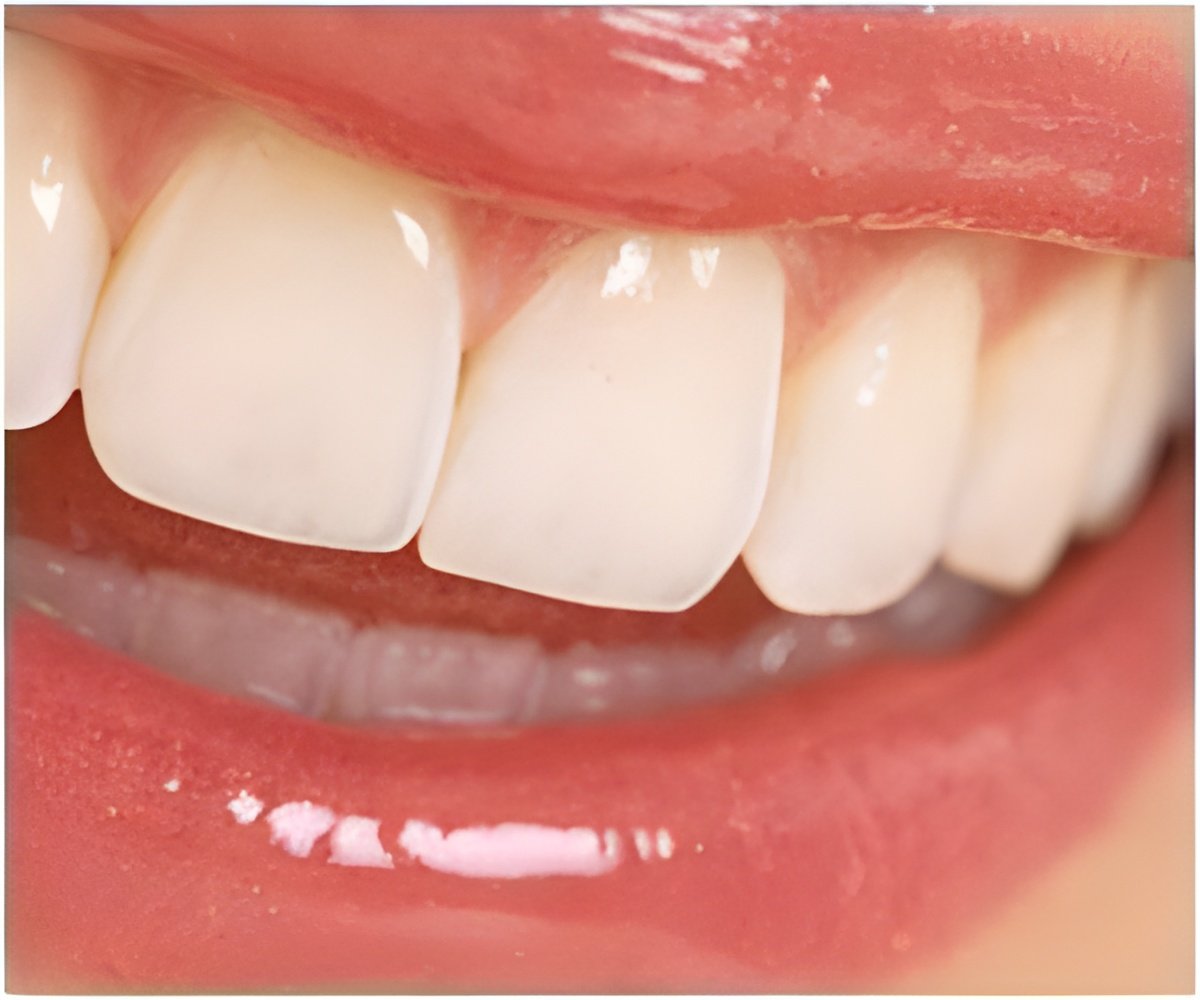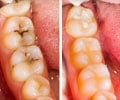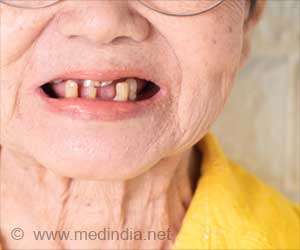A model was designed to closely mimic the composition and structure of the biological tooth’s hard mineralized outer layer.

‘Tooth’s outer structure is an ideal model for designing biomimetic materials and exhibiting mechanical properties.’





Tooth enamel’s unusual combination of properties is a product of its hierarchical architecture, a complex structure made up of mostly hydroxyapatite nanowires interconnected by an amorphous intergranular phase (AIP) consisting of magnesium-substituted amorphous calcium phosphate.However, accurately replicating this type of hierarchical organization in a scalable abiotic composite has remained a challenge.
To overcome this, researchers present an engineered enamel that contains the essential hierarchical structure at multiple scales.
The artificial tooth enamel (ATE) was produced using AIP-coated hydroxyapatite nanowires, which were aligned using dual-directional freezing in the presence of polyvinyl alcohol. This allowed the engineered structures to have an atomic, nanoscale, and microscale organization like natural enamel.
In a series of tests, researchers demonstrated that the ATE nanocomposite simultaneously exhibited high stiffness, hardness, strength, viscoelasticity, and toughness, exceeding both the properties of enamel and previously manufactured materials.
Advertisement










